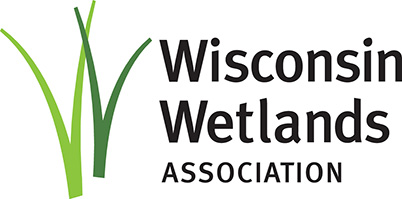
The latest wetland news
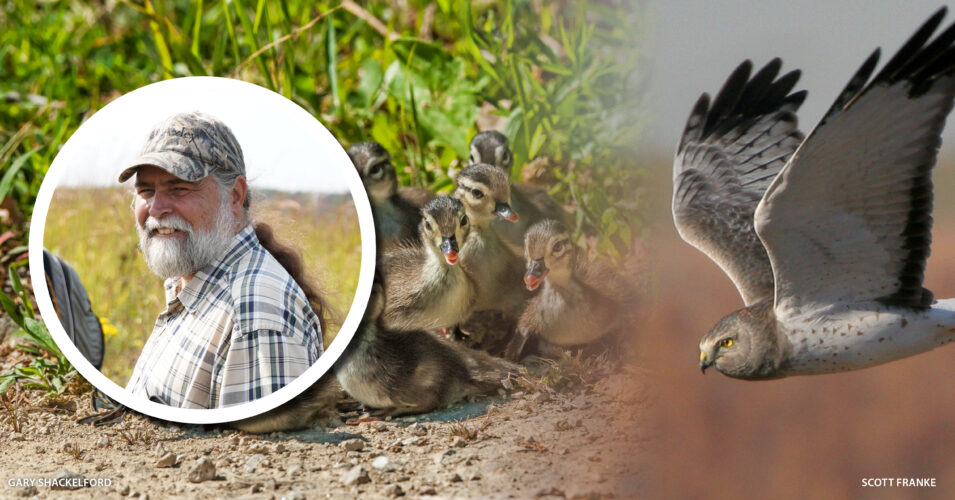
From the Director: The interconnectedness of nature: We have a lot to learn
When we take time to observe and learn from nature—and to learn from others who have long and deep connections with nature—we can make better decisions and enrich our own experiences.
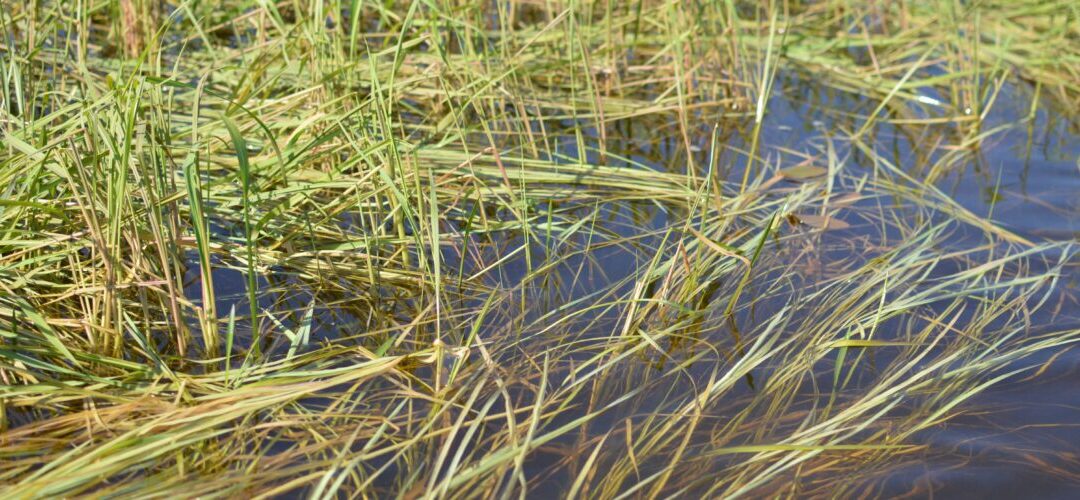
Manoomin/Wild Rice: The ecology and importance of a wetland treasure
Tucked within the quiet shallows of lakes and slow-moving rivers across Wisconsin, a slender aquatic grass with graceful stalks and waving seed heads has anchored cultures, fed ecosystems, and sustained traditions for centuries.
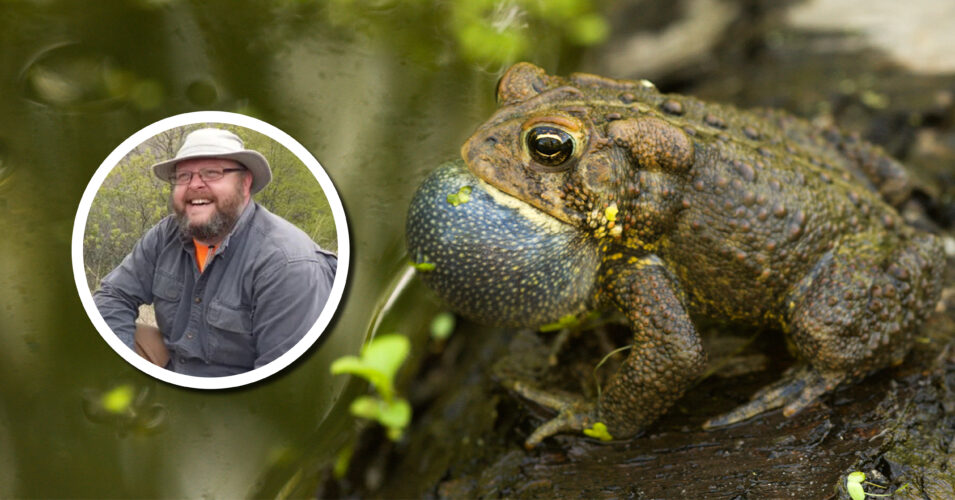
Wetland Coffee Break: Aquatic habitat management for amphibians and reptiles in Wisconsin
Learn from professor Josh Kapfer some of the more general concepts and approaches that natural resource managers can consider when developing or enacting strategies for amphibians and reptiles in aquatic habitats.
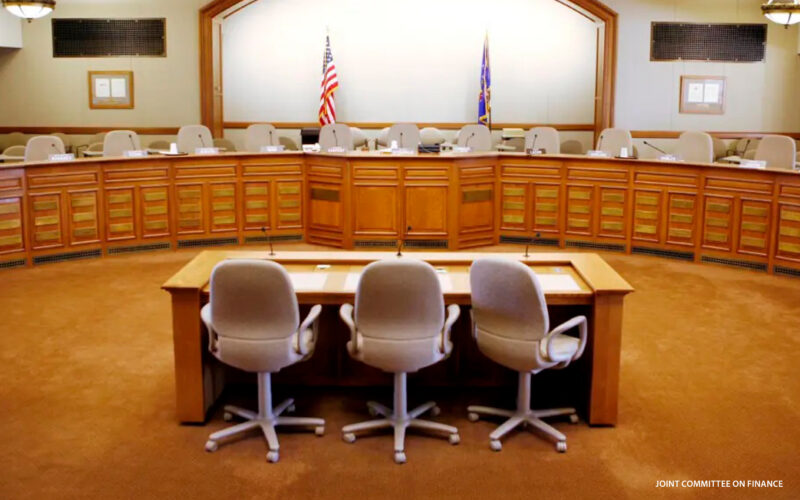
Wisconsin’s Pre-Disaster Flood Resilience Grant continued
The Joint Committee on Finance voted on Tuesday to continue the Pre-Disaster Flood Resilience Grant by allocating $2 million in the 2025-27 budget. Initiated in the last budget, the creation and continuation of this program has been a top priority of the Wisconsin Wetlands Association.
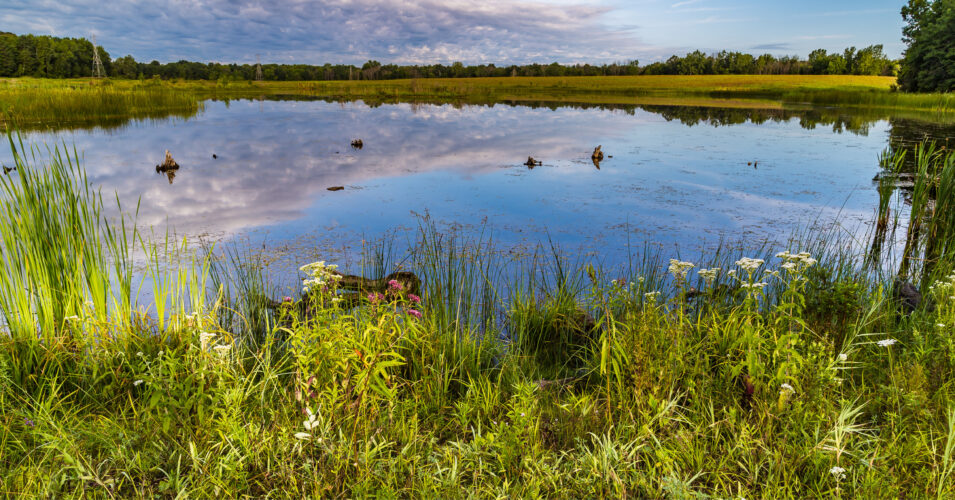
New Hydrologic Restoration General Permit available!
Great new for wetlands! The new HRGP is officially launched, creating a general permit for stream, wetland, and floodplain restoration projects that improve hydrologic conditions, connections, and functions.
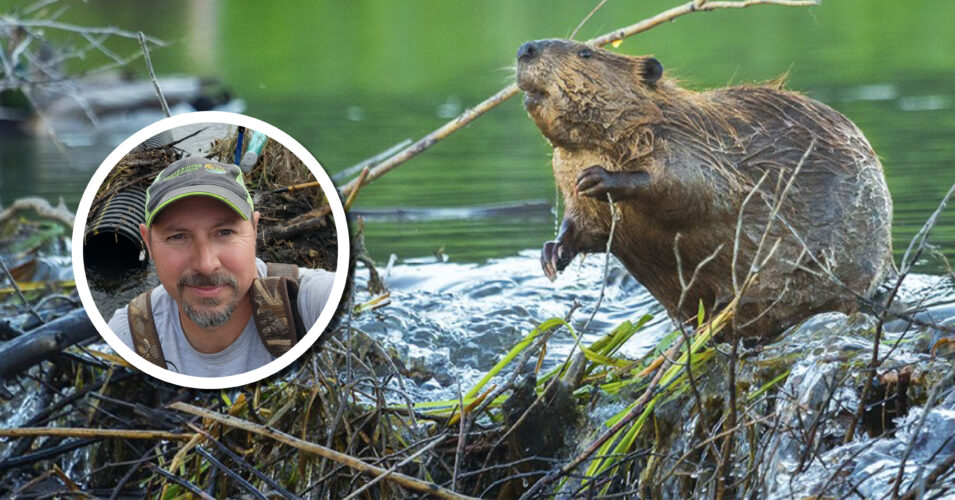
Wetland Coffee Break: Coexisting with beavers to increase wetland functionality and support biodiversity
Restoration ecologist Clay Frazer will discuss beaver behavior and how having beavers on the landscape can improve water quality, mitigate flooding, support biodiversity, and increase wetland functionality.

Wetland Coffee Break: Bioacoustic evidence that bats benefit from beaver ponds
Wisconsin’s beaver management policies are primarily aimed at benefiting the state’s trout populations. But what if beaver ponds are ideal habitats for threatened and endangered species like the bats of Wisconsin?
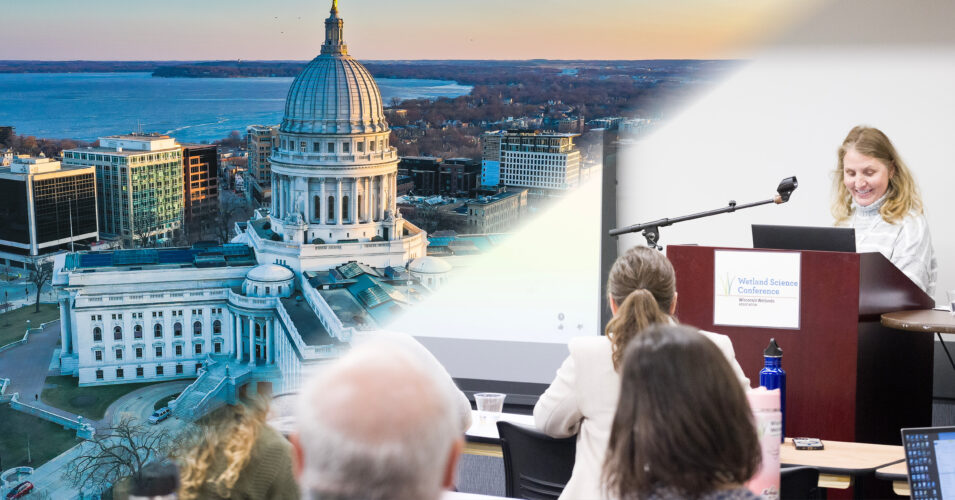
Identifying and advancing our wetland policy agenda
January 2025 marked the start of a new two-year legislative session. To help our supporters understand where we’ve been and where we’re going next, here’s some context that underpins our policy program efforts.
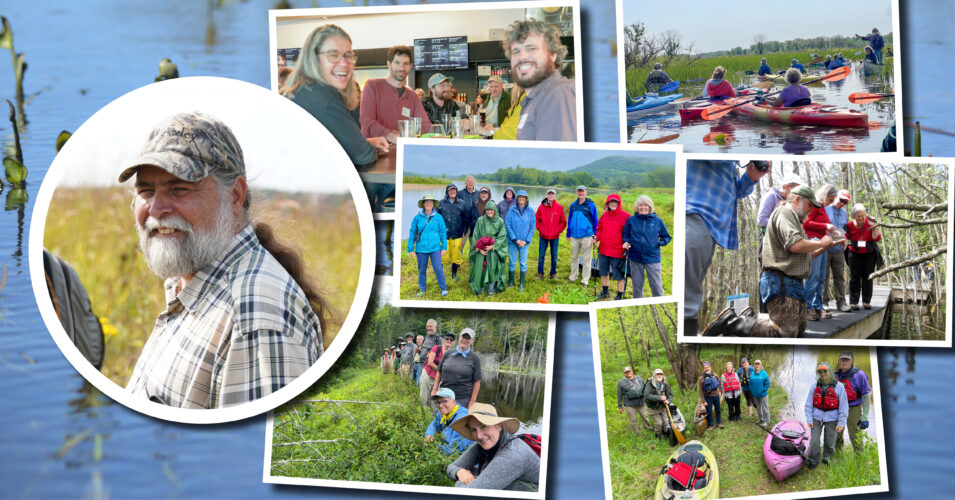
From the director: Open the room! There’s space for more.
We put building wetland connections at the center of our work because it increases how many people are protecting and caring for the wetlands of Wisconsin—and it opens the door to our wetland community.
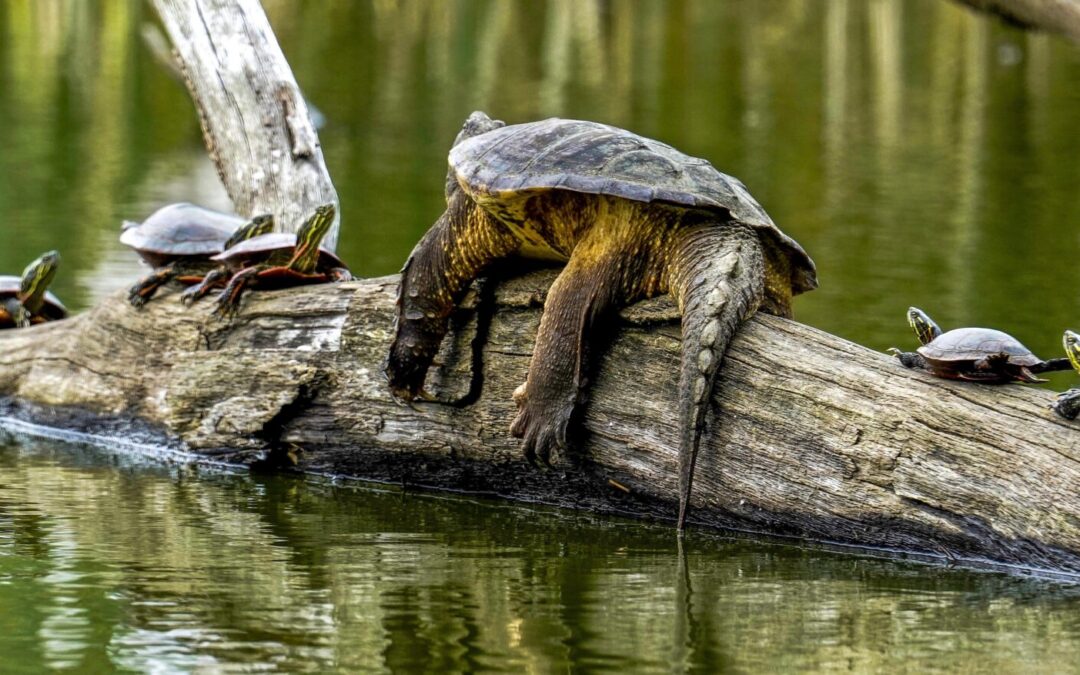
Turtles every Wisconsin wetland lover should know
Do you know your turtles? Use this short guide to help you identify the four turtles in Wisconsin that are most closely associated with wetlands.
